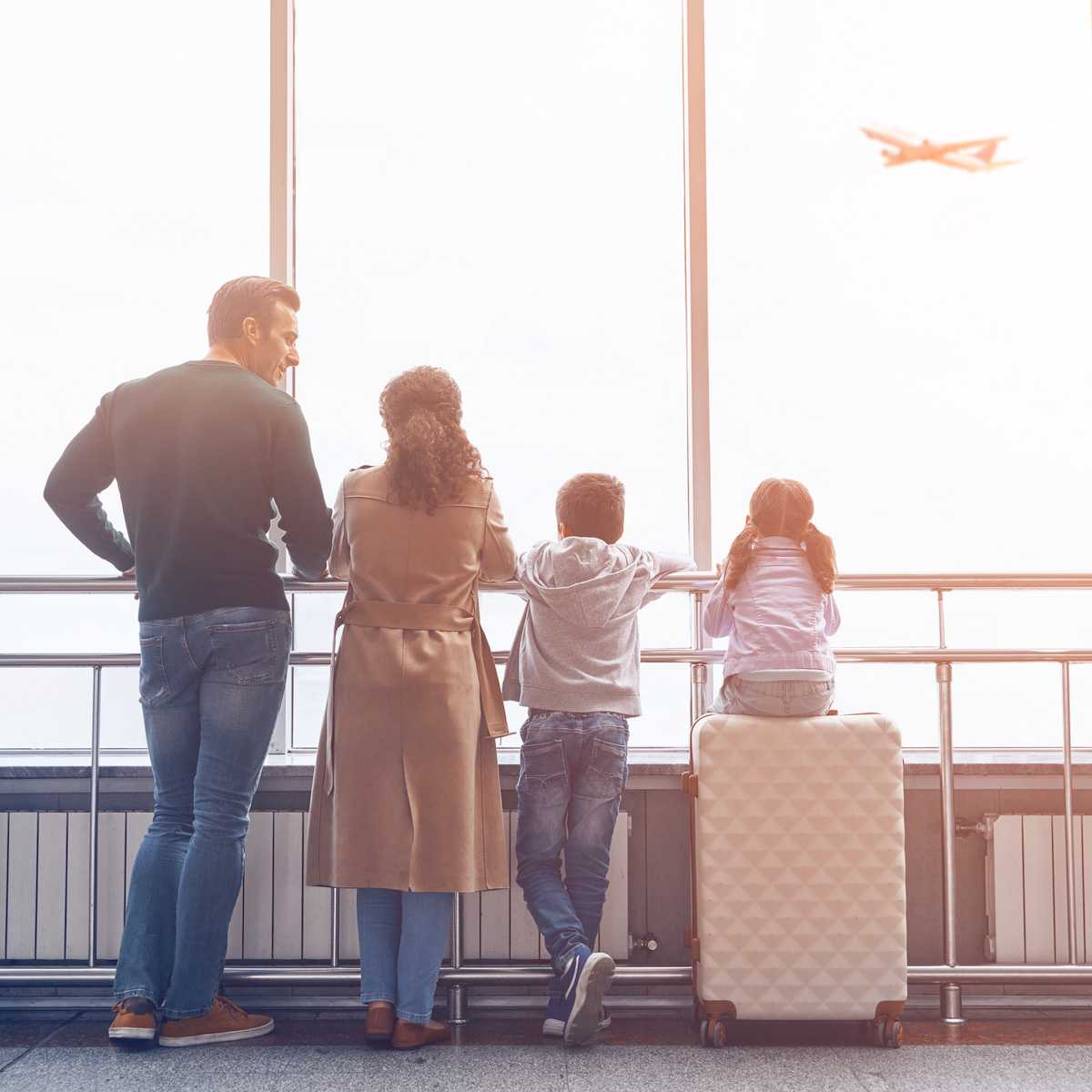
The Transformation of European Low-Cost Aviation: Shifting From Budget to Purpose-Driven Travel
June 26, 2025
The European aviation industry is undergoing a profound transformation. What began as a purely budget-focused model, designed to democratize air travel, is now evolving into something far more purpose-driven and bold. While low-cost carriers (LCCs) in Asia and America largely maintain their traditional focus on affordability, European airlines are charting a new course—one that reflects changing consumer behaviors, environmental imperatives and the need for sustainable growth in a saturated market.
This shift is not just a response to external pressures but a redefinition of what it means to be a low-cost carrier in the modern era. The question is no longer just about offering the cheapest ticket but about creating value that resonates with today’s travelers, who are increasingly driven by purpose and meaningful experiences.
The transformation of European LCCs is being shaped by several interconnected factors: market saturation and route density challenges. The European market has reached a point of saturation, where competing solely on price is no longer a viable strategy for sustainable growth. Route density, once a cornerstone of profitability, has become harder to maintain as networks expand. Airlines are now forced to rethink their strategies, moving beyond the traditional high-frequency, low-cost model.
This evolution is also driven by the need to differentiate in a crowded market. With nearly every major European city connected by multiple carriers, the focus has shifted from price wars to offering unique value propositions that cater to specific traveler needs. Low-cost carriers have long relied on ancillary revenues—fees for baggage, seat selection, and onboard services—to supplement ticket sales. However, this model has matured into a more sophisticated approach. Airlines are now integrating ancillary services into the overall travel experience, offering bundles and personalized options that address the customers’ need for flexible services while driving profitability. For example, carriers are experimenting with subscription models, loyalty programs, and partnerships with local tourism providers to create seamless travel ecosystems.
Environmental concerns are also reshaping the aviation industry, with initiatives targeting a strong reduction of emissions such as the “Destination 2050” roadmap, which aims to achieve net-zero CO2 emissions for intra-European flights by 2050; European LCCs are at the forefront of this change. The pressure to reduce carbon emissions has led to investments in fuel-efficient aircraft, sustainable aviation fuels (SAFs) and carbon offset programs. However, these initiatives come at a cost, requiring airlines to rethink their revenue models to fund sustainability efforts. The rise of the “flight shaming” movement in Europe has also pushed airlines to adopt greener practices. Travelers are increasingly aware of their environmental impact, and airlines that fail to address these concerns risk losing market share to competitors offering more sustainable options, such as high-speed rail.
The modern European traveler is fundamentally different from the budget-conscious flyer of the early 2000s. Today’s travelers are more informed, values-driven and selective in their choices. Several key trends are driving this shift.
The transformation of European low-cost aviation is not just a business evolution—it’s a profound moment of reflection for those shaping the narratives of these brands. This shift from budget to purpose challenges us to rethink what we communicate and how we connect with travelers. It’s no longer enough to focus on price or efficiency; the modern traveler demands more. They seek alignment with their values, whether it’s sustainability, authenticity or a sense of care for their individual needs.
For communicators, this is an inflection point: How do we tell a story that resonates on a deeper, emotional level? How do we position low-cost airlines not just as carriers of people, but as carriers of purpose? The opportunity lies in crafting narratives that inspire trust, loyalty, and meaning—stories that reflect the evolving role of travel in people’s lives. This is about creating a dialogue with a traveler who expects more, flies less, and chooses carefully. The question is: Are we ready to meet them where they are, and to communicate not just what we do, but why it matters?